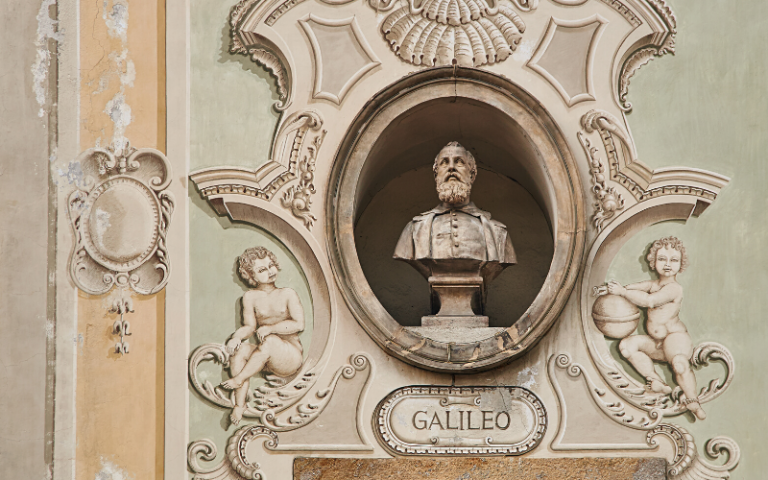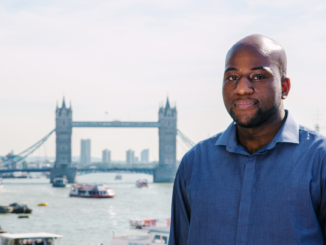When we raise our eyes to a starry sky, we more or less all know what we are looking at. There are stars, planets and celestial rotations. The universe is still very mysterious, but at least we know what we are dealing with. Much of our knowledge is in fact due to the research of ancient scholars. They have challenged the beliefs of their time to analyze natural phenomena and discover the secrets of the world. Galileo Galilei is one of these pioneers of physics and astronomy.

When we raise our eyes to a starry sky, we more or less all know what we are looking at. There are stars, planets and celestial rotations. The universe is still very mysterious, but at least we know what we are dealing with.
Much of our knowledge is in fact due to the research of ancient scholars. They have challenged the beliefs of their time to analyze natural phenomena and discover the secrets of the world. Galileo Galilei is one of these pioneers of physics and astronomy.
Galileo Galilei: A True Man of Science
Born in Pisa on February 15, 1564, Galileo grew up in a family of ancient lineage but in financial difficulties. His father was in fact a musician and pushed him to study. But the boy’s inclinations were too theoretical for a family that needed the means to support itself. However, Galileo achieved great success thanks to his inventions, which brought him fame and earnings. He created various scientific measuring instruments, in particular a geometric compass for military use and a sophisticated thermoscope.
The most important invention attributed to Galileo turns out to be the telescope. In fact, the object itself had already been developed earlier by some Dutch opticians. Galileo‘s stroke of genius was to point it at the sky for the first time.
The Beginning of a Revolution
This simple but revolutionary gesture broke centuries of traditional studies, based only on observations of the movement of the stars and theoretical calculations. In doing so, Galileo inaugurated the modern scientific method. He added to the qualitative observation of phenomena also experiments that tested common human beliefs. In this way it was possibile to confirm or refute them.
From that moment on, science would no longer be satisfied with knowing reality only through direct daily experience or traditional knowledge. On the contrary, the process of research by trial and error would have questioned the most common phenomena to grasp its most hidden nature. Such as the fall of a body.
Galileo, in fact, debunked the millenary custom that justified the fall of a body only by its own weight. He showed that in the void (without friction), a cannonball and a feather, thrown from the same height and at the same time, would touch the ground at the same time.
With the same method of calculation, observation and experimentation, Galileo studied the sunspots, the craters on the moon and the distance of the stars (until then considered all equally distant from the earth). His most significant contribution to science, however, lies in the fact that he demonstrated exactly what the Polish Niccolò Copernico had theorized years earlier. The Sun is immobile and the planets – so also the Earth – rotate around it.









